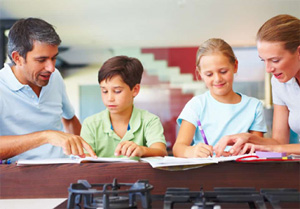
Saturday July 18, 2020 ~ VICTORIA, BC
by Mary Brooke, editor | West Shore Voice News

On Friday July 17 in Langford, Premier John Horgan and Education Minister Rob Fleming announced some land acquisition for a new school in the Sooke School District 62 (SD62).
During that outdoor press conference (attended only by government and school board chair and some staff, and parent PAC rep), the topic of education during the pandemic restart came up.
Education restart & class sizes:
Class sizes are a renewed issue in the context of the pandemic, as it’s highly likely that not all students will be in-class at the same time in pre-COVID fashion.
Some sort of hybrid learning that sees students both in the classroom at school and studying remotely at home is the way forward during the pandemic. This allows for flexibility in response to any outbreaks or a full second wave.
Given the requirement for physical distancing (students seated at least 2 meters apart and also distanced from adults in the room), classroom capacity will fill up and require some students to be learning at home on some days during the week. Ahead of the June 1 voluntary restart of youth heading back to school, the Ministry set out guidelines for which days (and for how many hours) students would be in the classroom based on grade. Start/departure times were staggered.

According to Public Health Officer Dr Bonnie Henry, very young children seem to not be as susceptible to COVID-19 infection and/or illness once infected. As such, children in early elementary grades may work in small groups. Public health says that COVID-19 is more likely spread from adults to children, than from children to adults.
Apparently some teachers have not wanted to return to the classroom over COVID-safety concerns. Teachers who are over age 60 or who have underlying health challenges are being accommodated for their needs.
Input from parents:
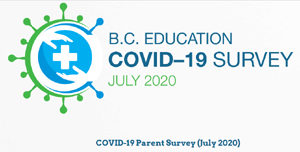
Both Horgan and Education Minister Rob Fleming made reference to the pandemic lasting a while, in that the 2020-2021 academic year starting in September will be based on the hybrid learning functionality in accordance with public health orders and guidance.
A survey of parents is available to July 24 online for input on education
formats during COVID-19 and a working group under Fleming’s direction has already been assembling the plan that will be rolled out in early August.
Saying that “parents became assistant teachers” during Phases 1 and 2 of the pandemic, Fleming says he looks forward to the provincial restart, the ministry has gathered comments from 12,000 parent survey responses already.
What safe schools look like:
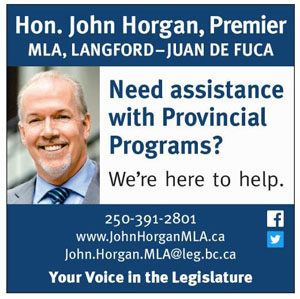
Restarting schools is the focus of the education ministry as a “safe
restart of schools full time with as many kids as possible in the
schools,” said Fleming, adding that his planning group has met with him at least five times as to “what safe schools look like”.
Premier Horgan says his government is “working to make sure” that they have “the right answer for every community”, that each community and school district will have distinct needs. In “working to get it right” he says the process has been “amended from week to week through the summer”.
“We’ll see what awaits in fall,” said Horgan, saying he wants parents to have confidence that schools are keeping children safe. And that he hopes that for children who enjoy school as “happy place” that “we get that feeling back”.
Fleming emphasized that his ministry’s decision-making has been driven by science. “BC has been able to keep the population safe,” he said, listing off the public health measures that have been actively used including contact testing. and the setup of safe work regulations with the support of WorkSafeBC.
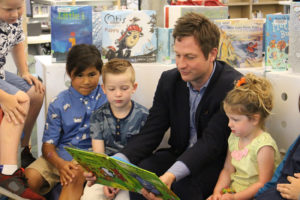
Fleming says the goal is to get as many students back into the classroom as possible. Guiding that process is also a review of the data and observations of the part-time restart in June. That will give families and schools “as much lead time as we can and as much certainty as we can” about back-to-school in September.
The education restart plan for Fall 2020 has taken a “substantial amount of work and planning”, says Fleming. Details are coming soon, probably in early August.
Curriculum adaptation:
In response to a question from West Shore Voice News about how the BC Curriculum (touted as being redesigned to respond to the demanding world our students are entering) held up under the pressure of the pandemic that forced children into their homes, with parents as the hands-on teachers with classroom teachers providing guidance remotely. There was also the pressure on teachers to rework their curriculum essential ‘on the fly’.
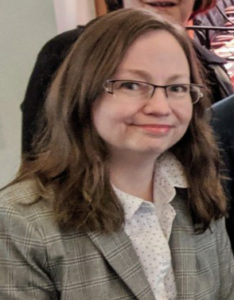
As Sooke Teachers Association president Jennifer Anderson said in May, teachers essentially had to plan and execute three back-to-school deliveries of curriculum (normal in September 2019, after spring break with the remote learning requirement, and then for June 1 for just a few weeks). This was hard on teachers, challenging many of them in technological areas and with regard to their professional concern for doing the best for students in their classrooms. Teachers get to know their students, and these bonds are harder to maintain remotely.
“We had mixed results,” said Minister Fleming, saying that revised curriculum delivery had to be “conjured out of thin air”. He noted that during the lock down some children did not adapt well to online and remote learning (age and ability to focus, as well as use of the technology being some components of that). Also, some curriculum may not have been suitably adapted to video conference or elearning lessons.
“There is no substitute for in-class instruction,” said Fleming on Friday, particularly for “the social emotional well being of the child” as well as access to learning resources and an environment that leads to greater retention.
In September “we will continue to what’s safe”, said Fleming, adding that successes learning about delivering remote learning are now known and available “if we do have to go back” in winter or early 2021 to earlier phases of the Restart BC process. He said that would be done as seamlessly as possible.
SD62 higher curriculum development budget:
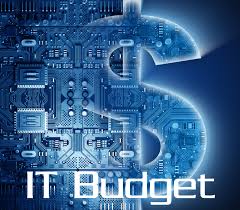
This spring in SD62, more funds were put into the curriculum development department for the 2020-2021 budget, to provide support to teachers in their continual revision of curriculum delivery.
As well, there is a robust IT department budget in SD62 (over $1.1 million) which had already been bumped up in 2019-2020 to accommodate technology enhancements for all teachers and classrooms, but which will now also accommodate the need to supply children with technology for remote learning (whether hardware or help to the family with achieving better Internet access).
===== Notes:
- BC is now in Phase 3 of its Restart BC Plan, which includes the safe re-opening of schools and economy.
- The New BC Curriculum has been transitioning into the various grade levels for a few years now, including adaptation of the grading process and graduation requirements. Link: https://curriculum.gov.bc.ca/


